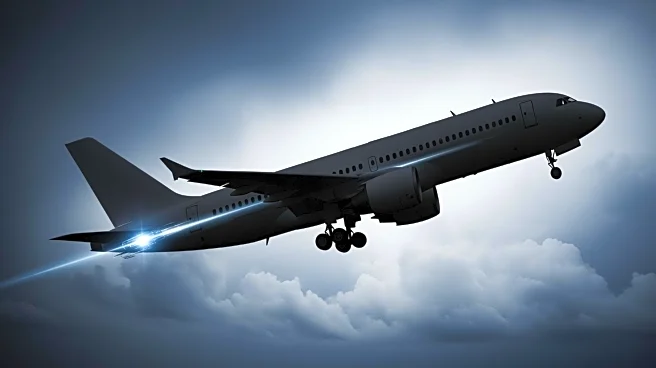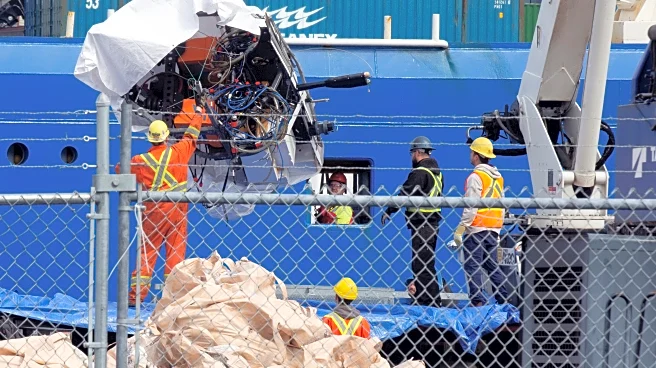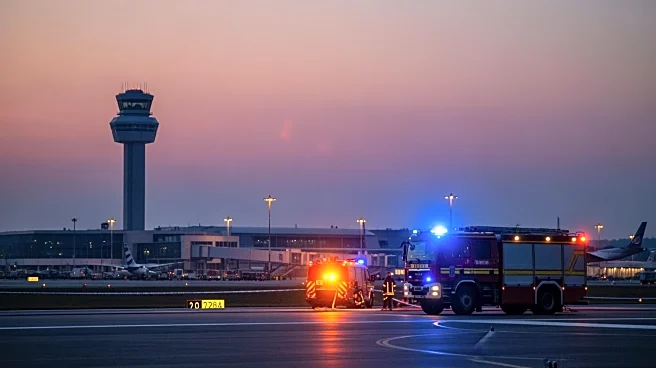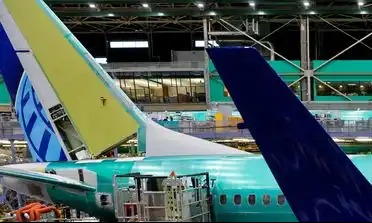What's Happening?
A tragic plane crash in west central Montana has resulted in the deaths of three individuals, including the pilot. The incident occurred in a remote, wooded area of Youngs Creek in the Bob Marshall Wilderness, northeast of Seeley Lake. The Powell County
Sheriff’s Office received reports of a possible downed aircraft at approximately 4:30 p.m. local time on Friday. The aircraft was located the following morning by a volunteer aircraft from the Montana Department of Transportation Aeronautics division. The scene was subsequently handed over to the United States Air Force, which had helicopters operating nearby. The Powell County Coroner’s Office, Missoula County Search and Rescue, and the Seeley Lake Rural Fire Department, with support from the Montana Department of Natural Resources and Conservation, reached the crash site by 4 p.m. The aircraft, identified as a Piper PA-23 Aztec, had departed from Billings airport, approximately 300 miles southeast of the crash site, just over two hours before its signal was lost.
Why It's Important?
The crash highlights the inherent risks associated with aviation, particularly in remote and challenging terrains like those found in Montana. The incident underscores the importance of emergency response coordination among various agencies, including local law enforcement, search and rescue teams, and federal entities like the FAA and NTSB. The loss of life is a stark reminder of the need for stringent safety measures and thorough investigations to prevent future occurrences. The aviation community, as well as the families of the victims, are directly impacted by this tragedy, prompting a broader discussion on aviation safety standards and emergency response protocols.
What's Next?
The investigation into the cause of the crash has been turned over to the Federal Aviation Administration (FAA) and the National Transportation Safety Board (NTSB). These agencies will conduct a detailed analysis to determine the factors that led to the crash. The findings could lead to recommendations for improving safety measures and protocols for similar flights in the future. The aviation industry and regulatory bodies will be closely monitoring the investigation's progress and outcomes, which may influence future policy and operational guidelines.















